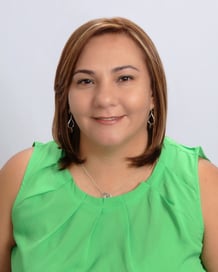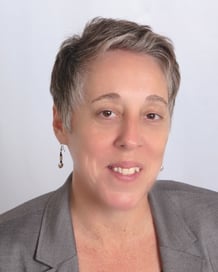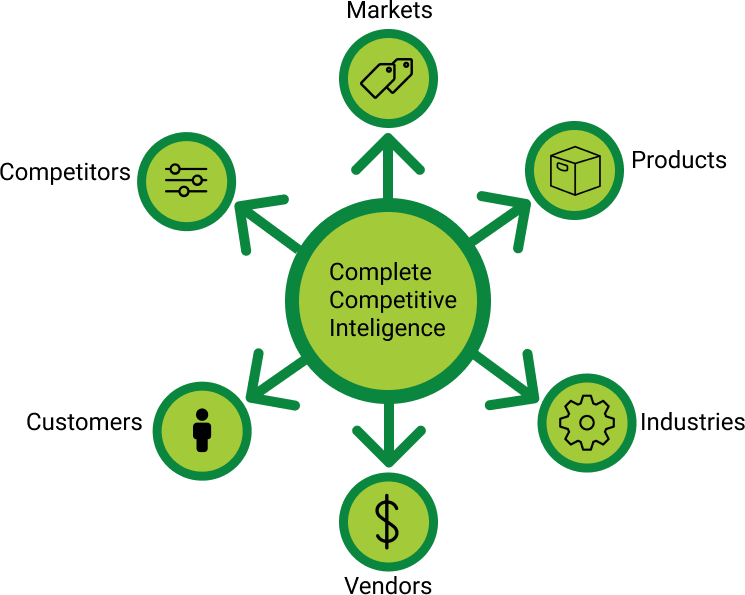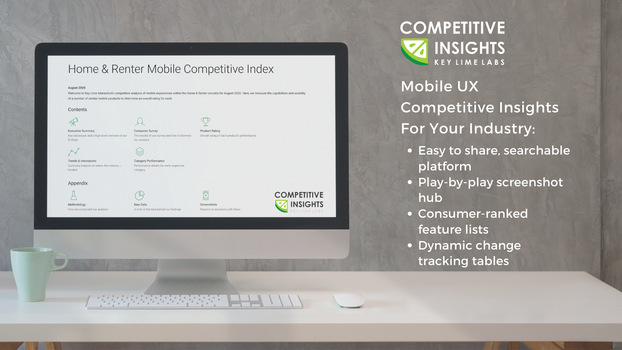

Did you know Key Lime Interactive has major, big-time, all-star Quantitative Researchers on our team? Maybe you've met them, or maybe you haven't, but here is your chance to know them better.
We did a quick five-question interview with our four quantitative rockstars to pick the brains of these quantitative rock stars. Anything from the most valuable lesson they’ve learned in the industry, to a favorite project they’ve worked on.
Meet the researchers and hear what they had to say.

Ania Rodriguez
CEO of Key Lime Interactive
20+ years of UX experience

Eugene Santiago
VP of User Research
12+ years of UX experience

Dana Bishop
Director of Quantitative Research
22+ years of UX experience

Phil McGuinness
UX Research Associate
5+ years of UX experience
1. What is your favorite project you have worked on and why? What did you learn and how did it help the client?
Ania: It’s hard to pick a favorite, but I did one for Coke that was memorable. It was a Global Quantitative project that studied employees in five countries to understand differences in UX Experiences with intranet. The client was trying to find out how to improve the global information architecture so that those in Mexico vs. China could easily find information related to their benefits and it was interesting to see how differently folks in Mexico vs. China consumer information. I found that the Chinese do consume information differently, which triggered us to look at differences based on origin. We later wrote a paper for CHI using this research as a foundation.
Eugene: I ran a multi-national, multi-language study with six countries that was challenging given its overall complexity, which was fun to tackle. I always find global studies interesting because of the variety of insights we typically uncover. At times, the findings are very similar and at other times the findings are localized to region-specific. Uncovering those nuances helped our client employ a single global strategy that had the appropriate amount of localization to account for the cultural differences.
Dana: There have been so many; it’s hard to pick just one project. Instead, I’ll answer by saying the kind of projects that are my favorite. I love when a client comes to us with specific questions/problems and we can get them the answers they are looking for from their users/customers, and then provide actionable recommendation for addressing the issues and improving the user experience. I also love any and all competitive analysis (competitive research has been my area of concentration for the last 10+ years). Clients hire us for not only our expert analysis of the competition, but also our ability to incorporate consumer feedback into our research. That combination of our expert review & analysis, along with consumer insights about their experiences, needs, and priorities, provides a very complete and thorough picture. As part of our competitive research offerings, we also keep our clients up-to-date on the latest trends and innovation happening not only in their industry, but in other industries they might not be looking at. It’s one of the most interesting aspects of the work I do at KLI.
Phil: My favorite project has to be a huge competitive comparison of ordering that we did recently for a client in the fast food industry. We were tasked with giving a state of the industry type competitive analysis of online and mobile ordering, so we were able to do a ton of research into exciting new offerings and developments in the industry. There is a lot of movement and innovation in mobile ordering, kiosk ordering, and the general user interface involved, so we were able to dig up some really unique approaches. Our client was able to use this information to inform their own app's development, as they currently do not offer mobile ordering, but they now have a great understanding of common terminology and best practices for all stages of mobile ordering.
2. Since working in the quantitative research field, what is the most valuable thing you have learned?
Ania: Quantitative data is great at catching a diversity of issues and be able to quantify them.
Eugene: While data is compelling and at times very powerful, translating what the numbers say into a tangible plan to impact your strategy is key.
Dana: Good planning. Plan, plan, plan. And then, plan some more. All well run, successful projects require very thoughtful planning and communication up front.
Here’s an example of a quant analysis pre-study planning checklist:
- Carefully identify the primary questions, concerns, areas of interest, and purpose of the research
- Review existing research/ customer feedback, and do your own heuristic review of the website/app/product
- Make your hypotheses
- Decide how to test your hypotheses to draw sound conclusions
- Design your study with the data analysis in mind
- Know what you will do with each piece of data you collect
Phil: The most valuable thing is how to analyze very large data sets. It takes a completely different set of skills to work with the data from hundreds or thousands of participants compared to 12 or 20 from an in-lab session. Knowledge of statistics, the ability to work with excel and other analysis software to organize and slice your data makes a big difference when doing analysis. This goes hand in hand with knowledge of different survey tools, because they each have tricks that you must use to get the most out of your existing data, which you learn with experience.
3. What do you think is the biggest strength of quantitative research in the UX industry?
Ania: Time to deliver research is quick and unbiased.
Eugene: It can really assist in building a strong business case for why UX refinements need to take place.
Dana: With the great selection of tools we have available to us, we can collect all kinds of data from large numbers of geographically widespread participants. We are not limited to collecting and analyzing quantitative metrics and data alone, but can pair that with qualitative feedback to help understand the why as well as users’ top likes/dislikes, and much more; and lastly, when appropriate, we have the ability to collect behavioral data to better understand where users go/ click to try to complete tasks.
Phil: The biggest strength for quantitative research is the breadth and penetration of reach we now have through the internet. Without needing to travel around the world, you can get feedback from users in every corner of the globe. Dozens if not hundreds of panel companies exist to help you reach small subsections of individuals, or you can recruit yourself by posting on community websites like Craigslist. It's amazing to see the specific populations you can reach simply through an online tool and the right connections.
4. What is your biggest quantitative superpower and why?
Ania: Study design, because when you get this right it all comes together during analysis.
Eugene: Spotting trends. I've always been able to look at data and find similarities. It has served me well in that quantitative studies tend to supply so much information that being able to hone in on what is important quickly is useful.
Dana: Experience, I guess. There aren’t a lot of people who have been doing user research/usability/ UX since 1994. And even fewer of us who were lucky enough to use early online tools for running large-scale quant studies online (I started in late 1999/ early 2000).
Phil: I would probably say my knowledge of many different consumer markets from years of fielding quantitative studies. There is no substitute for experience when scoping out a quantitative study, and through that I can give a good idea whether a project will be easy, difficult, or nigh impossible.
5. If you were on an island and could only bring three things, what would you bring?
Ania: Things specifically, and not people, would include: water, mosquito spray, and a solar powered mobile phone with satellite access, of course.
Eugene: My wife (no kids!), an umbrella, and a frozen drink!
Dana: A boat, someone I love, and water (to drink).
Phil: I'm going to assume I can't bring survival items, because then I would just bring a plane, a pilot, and fuel! I would get bored, so I would have to bring at least one book, and if I had to narrow it down I would have to go with the classic Lord of the Rings series. I'm cheating a little here, but it was originally written as one book, not three! Secondly, I would bring my phone, loaded with all my favorite music, and thirdly, a solar charger to keep it running. I can't survive without reading and listening to music, so those would keep me company until help arrives.
Interested in working with one of these rockstars on your next Quantitative Research study? Contact us.
READ MORE: How to Plan for a Quantitative UX Competitive Benchmark Study, Quantitative Research & Analysis: When Is It the Best Approach?, 5 Tips for Working with Panel Companies in Quantitative Research, Choosing the Right Survey Tool for Quantitative UX Research










Comments
Add Comment